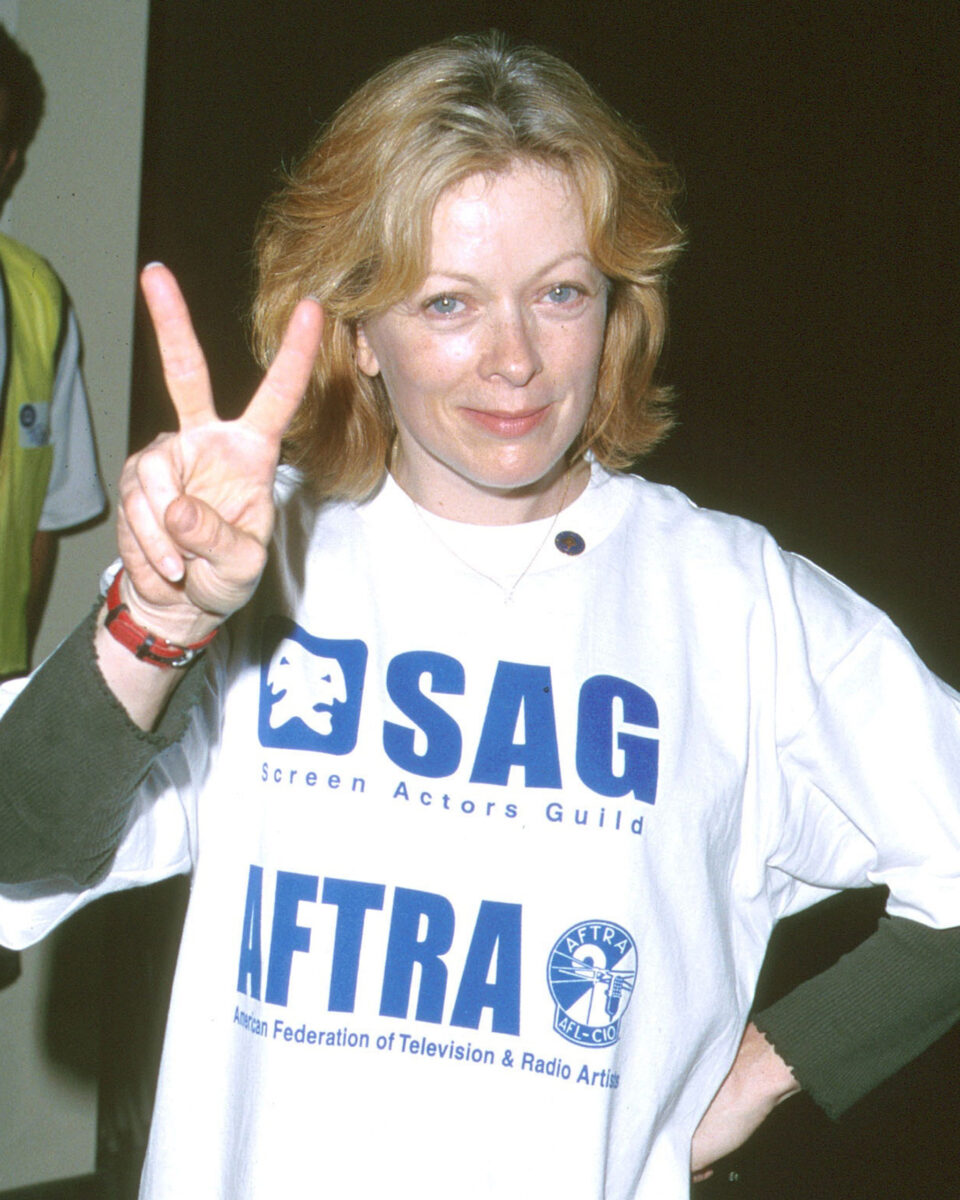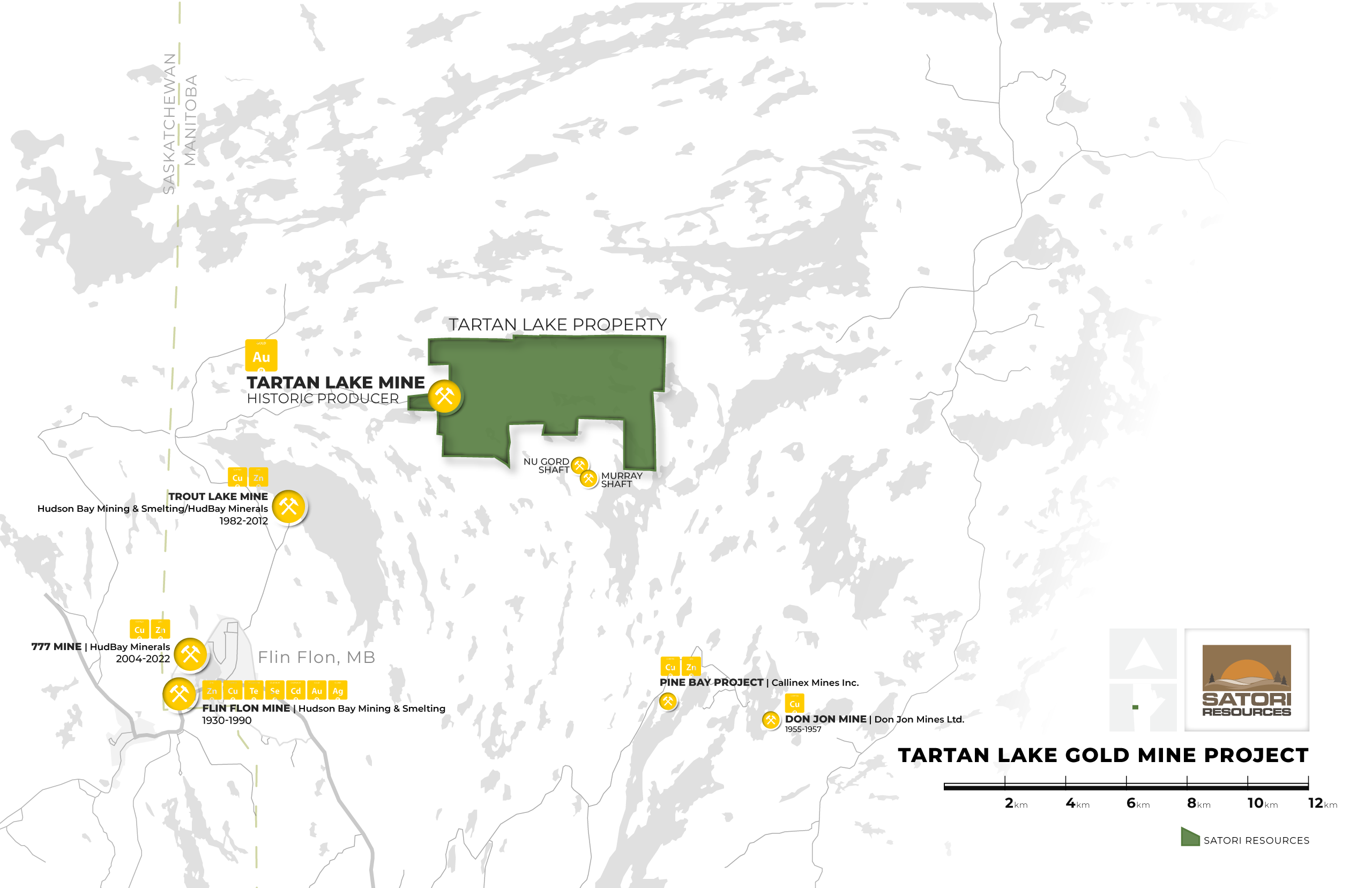WGA And SAG-AFTRA Strike: What It Means For The Entertainment Industry

Table of Contents
The Core Issues Fueling the WGA and SAG-AFTRA Strikes
The strikes are rooted in a complex web of interconnected issues, primarily concerning fair compensation, creative control, and the power dynamics between unions and studios.
Fair Compensation and Residuals in the Streaming Era
The rise of streaming services has dramatically altered the entertainment landscape, significantly impacting how writers and actors are compensated. Traditional television models relied on clear revenue streams and residuals based on reruns and syndication. Streaming, however, often employs opaque viewership data and different payment structures, leaving writers and actors with significantly reduced earnings compared to their contributions.
- Minimum pay: The WGA and SAG-AFTRA are fighting for increased minimum pay rates to reflect the rising cost of living and the increased demands of their work.
- Streaming residuals: A major point of contention is the lack of fair residuals from streaming platforms. The unions argue that the current system undervalues their work, especially in the context of massive streaming subscriptions.
- Percentage of streaming revenue: The unions are pushing for a more transparent and equitable share of streaming revenue, reflecting their contribution to the success of these platforms.
Protecting Creative Control and Work Conditions
Beyond compensation, the strikes highlight concerns over working conditions and creative control. The increasing pressure to produce content quickly and efficiently has led to excessive working hours and demanding schedules, impacting the well-being of writers and actors. The integration of AI also poses a significant threat to their livelihoods, raising concerns about job displacement and the erosion of human creativity.
- Excessive working hours: The unions are fighting for reasonable limits on working hours to prevent burnout and ensure a healthy work-life balance.
- AI's impact on creative jobs: A key concern is the use of AI to generate scripts or replace actors, leading to job insecurity and diminished creative control.
- Creative input: The unions are demanding greater creative input and collaboration throughout the production process.
The Power Dynamics Between Unions and Studios
The strikes highlight the inherent power imbalance between the unions and the major studios. The studios, wielding significant financial resources, have historically been reluctant to concede to the unions' demands, leading to protracted negotiations and, ultimately, strikes. Understanding the history of previous strikes and their outcomes provides context for the current situation.
- Key players: Negotiations involve powerful figures from both sides, including studio heads like Bob Iger (Disney) and David Zaslav (Warner Bros. Discovery), and union leaders like Duncan Crabtree-Ireland (SAG-AFTRA) and Meredith Stiehm (WGA).
- Past strikes and their outcomes: The history of Hollywood strikes offers valuable insight into the potential outcomes of this current dispute, highlighting both concessions and standoffs.
Immediate and Short-Term Impacts of the Strike
The ongoing strike has immediate and widespread consequences across the entertainment industry.
Production Halts and Project Delays
The most visible impact is the complete halt of most television and film production. Numerous high-profile projects have been indefinitely postponed, creating a backlog of delayed releases and impacting the entire production pipeline.
- Delayed productions: Major television series and films are on hold, including late-night talk shows, network dramas, and major studio films.
- Canceled productions: Some productions have been entirely canceled due to the uncertain timeline of the strike resolution.
Economic Consequences for the Entertainment Industry
The strike carries substantial economic consequences, affecting not only studios and production companies but also the surrounding businesses and local economies that rely on the film and television industry.
- Financial losses: Studios are experiencing significant financial losses due to production delays and potential revenue shortfalls.
- Job cuts: The ripple effect extends to crew members, caterers, and other individuals who rely on the industry for employment.
Public Perception and Media Coverage
The strike is receiving substantial media coverage, shaping public perception of the issues at stake. While the public largely expresses support for fair treatment of workers, the strike also faces criticism for disrupting the entertainment industry.
- Public opinion: Polls reveal significant public support for the striking actors and writers, demonstrating a broad understanding of the issues.
- Media narratives: News coverage varies, but mostly highlights the economic impact of the strike and the key demands of the unions.
Long-Term Implications and Potential Outcomes
The WGA and SAG-AFTRA strike could fundamentally reshape the entertainment industry.
Reshaping the Entertainment Landscape
This strike has the potential to instigate significant changes in industry practices and business models, potentially leading to a new era of collaboration between studios and unions.
- Contract changes: The outcome of the strike could lead to improved contracts, offering better compensation and working conditions for writers and actors.
- Industry practices: The dispute might force a reassessment of industry practices related to streaming revenue sharing and workload management.
The Future of Streaming and the Creative Process
The strike’s outcome will significantly impact the future of streaming platforms and content creation. It might accelerate technological innovations or lead to regulatory changes.
- Streaming models: The way streaming services compensate creators and distribute content could be fundamentally altered.
- Technological innovations: The strike might hasten the development of alternative technologies in content creation.
Conclusion
The WGA and SAG-AFTRA strike is a watershed moment for the entertainment industry. The issues at stake – fair compensation, creative control, and the impact of new technologies – are crucial for the future of storytelling. The outcome of this strike will have long-lasting ramifications, influencing how content is created, distributed, and compensated for years to come. Stay informed about the ongoing developments in the WGA and SAG-AFTRA strike and its impact on your favorite shows and movies. Understanding the complexities of this labor dispute is key to navigating the changing landscape of the entertainment industry. Learn more about the ongoing negotiations and the potential long-term effects of this significant event by following reputable news sources and union updates.

Featured Posts
-
 Bruno Fernandes Manchester United Stars Near Move To Tottenham Hotspur
May 30, 2025
Bruno Fernandes Manchester United Stars Near Move To Tottenham Hotspur
May 30, 2025 -
 How To Buy Gorillaz Tickets For Full Album Performances In London
May 30, 2025
How To Buy Gorillaz Tickets For Full Album Performances In London
May 30, 2025 -
 Manitoba Mineral Development Fund Supports Canadian Gold Corps Tartan Mine Project
May 30, 2025
Manitoba Mineral Development Fund Supports Canadian Gold Corps Tartan Mine Project
May 30, 2025 -
 Global Investment In Saudi Arabia Deutsche Banks Strategic Approach
May 30, 2025
Global Investment In Saudi Arabia Deutsche Banks Strategic Approach
May 30, 2025 -
 Ticketmaster Ofrece Mayor Transparencia Sobre El Precio De Las Entradas
May 30, 2025
Ticketmaster Ofrece Mayor Transparencia Sobre El Precio De Las Entradas
May 30, 2025
